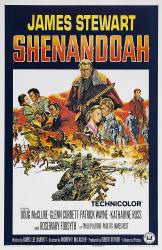
Factual error: After the birth of the baby, James Stewart and "Doc" Witherspoon are discussing the course of the war. "Doc" relates that he has always lived in Virginia and that his son died at Gettysburg at Little Round Top. No Virginia regiments fought at Little Round Top - only Alabama, Texas, Georgia, and Arkansas regiments.
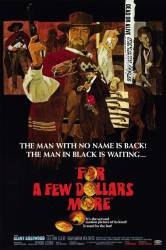
Factual error: The El Paso newspaper is dated Monday June 15 1872. June 15 1872 was a Saturday. (00:48:14)

Factual error: The von Trapps are shown walking over the border to Switzerland after a short drive out of the centre of town...except Salzburg is about 200km east of Switzerland. If one walked across the border at Salzburg, you'd be entering Germany, which is where (I believe) the people they were trying to get away from lived. Take a look at a map.
Suggested correction: Even though the von Trapps were 200km from the Swiss border, in the last 5 mins, they received a car from the sisters at the convent and the sisters disabled the cars of their pursuers.
Captain Von Trapp was clear, when they were about to hide, that they would drive into the mountains in Salzburg (which the movie did a close up on to show it was those mountains specifically) and walk over them on foot confirming the movie is pretending those are mountains into Switzerland. The director himself admitted this when the real Maria Von Trapp complained of this error. He said "In Hollywood you can make up your own geography."
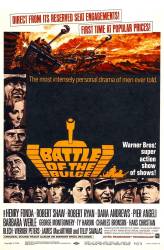
Factual error: None of the German tanks are accurate representations of German WWII types. They are all post war US variants. ie. M47 Patton Tanks. [Still a mistake, but an elaboration: This is a common problem in depicting German tanks: few, if any, survived the war. The few museum examples wouldn't be released for movie work, and certainly WHERE, some 20 years after the war, would one find a brigade's worth of running Tiger II tanks? Never mind that Kampgruppe Pieper, which Hessler's command is loosely based on, actually used Mark IV and Panther tanks. There was one King Tiger battalion, and it was in reserve well behind KG Peiper. The M47s versus the M24 Chafees (mistakenly called "Shermans" at times) is a fairly accurate comparison of the respective sizes, firepower, and other combat capabilities of the respective tanks. Some other movies, like "Kelly's Heroes", have their "Tigers" mocked-up with sheet metal, wire mesh, and sacking over a different type of tank (in that case, T-34/85s of the Yugoslav army are mocked up as Tiger Is, a fairly decent job).]
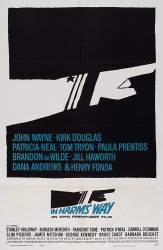
Factual error: Throughout the film the characters are often seen riding in M151 jeeps (horizontal grill slits) which were not in production until the Vietnam era. Odd because they did have a few correct era Willy's jeeps on the set, usually seen in the background.
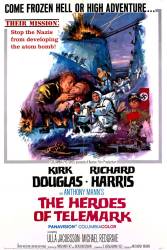
Factual error: The daylight air-raid on the Norwegian Heavy Water plant in 1942 was done by Boeing B17G bombers, with the distinctive chin gun turrets. These planes did not come into service until 1944, when they were introduced to counter the head-on attacks by German fighters.

Factual error: This movie is set in a part of the world that is well known for its harsh cold weather and frigid temperatures. Yet despite countless scenes of people outdoors in what is supposed to be the bitter cold of winter, you never see the vapor from anyone's breath.
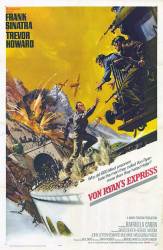
Factual error: Sergeant Bostick tells Colonel Ryan he is from the 113th Armored Division. The U.S. Army never had a 113th Armored Division in WW2.
Suggested correction: Is this actually an error? I believe the British Regiment who feature in this film are The Ninth Fusiliers. Well, there never has been a Ninth Fusiliers in the British army, either! For that matter, there never was a Colonel Joseph L Ryan, or a Major Eric Fincham, or a Major Battaglia. While this film is set in the Second World War, it is openly admitted that it is a wholly fictional story. Some Second World War films (A Bridge Too Far; The Longest Day; The Battle Of the Bulge) were made to recreate historical events, and so refer to soldiers and military units who existed. Other Second World War films like this one (Sahara, Escape To Victory, Ice Cold In Alex) while referencing actual events, and, showing sequences of events that are not beyond probability, are still stories. Since this is a fictional, imagined story, is it acceptable for soldiers to serve with fictional regiments or imaginary fighting units?
While some fictional accounts can be taken for granted and not counted as errors (even films based on true stories can have fictional characters), there are limits when setting films in the past. To have a 113th Armored Division is a valid mistake as the highest number in WWII was the 20th Armored Division, unlike Infantry Divisions that went into the 100's. This could almost be the same as giving a character an 8 or 11 number phone number.
The anonymous drive by hit and run "contributor" (not referring to you, Bishop73) may not have seen another post I made about Sgt. Bostick wearing a 4th Armored Division patch on his uniform: he says he is from the 113th A.D. (which never existed) but wears the 4th A.D. patch, which did exist in WW2, but did not see service until France in 1944.
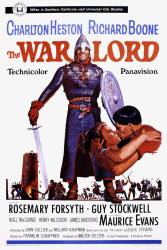
Factual error: The main plot of 'The War Lord' is based on a total fallacy. Chrysagon, a nobleman in eleventh century Normandy, falls in love with Bronwyn. She is betrothed to Marc, a villager on Chrysagon's estate. When Bronwyn and Marc marry Chrysagon claims 'Droit Du Seigneur', a law that a lord is allowed to sleep with a lesser man's wife on their wedding night. It is often asserted, even by some medieval historians, that 'Droit Du Seigneur' was legally enforced in the middle ages, but no reference to the practice has ever been found in any surviving medieval law code, legal text book, or historical source. It is first mentioned in the sixteenth century, and then as a discontinued practice from a barbarous past (like human sacrifice or cannibalism) but the earliest accounts of the custom do not provide any verifiable sources, suggesting that it originated in over-active minds of writers of popular romances.
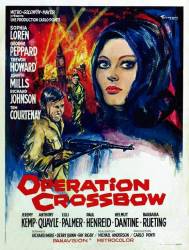
Factual error: In a wide shot of a battle, pictured in the background is a cooling tower for a nuclear plant. These did not exist during this time period.
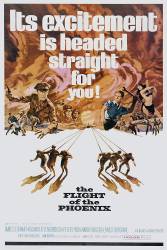
Factual error: Before the damaged plane is dismantled, in some shots the three propeller blades of the port side engine are a mixture of clockwise and anticlockwise type. (The twist along the length of the blade goes the opposite direction depending on the type).
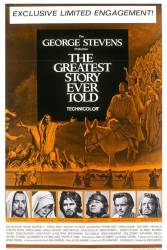
Factual error: Many of the panoramic scenes in this film capture breathtaking views of mountain ranges completely covered with snow - a geographical feature not to be found in the Holy Land. It is found on occasion, though, in Arizona, where these sequences were actually shot. Other scenes show desert bluffs, mesas and arches that are also not found in the Middle East: they're the distinctive formations of the Arches National Park in Utah, USA.
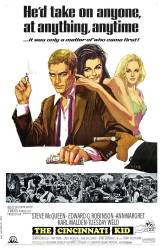
Factual error: When running through the train yard, all the engines are diesel. The movie is set in the 20's or 30's. Diesels were not in use then, only steam engines.
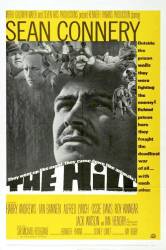
Factual error: When the prisoners are taking a shower Roberts says to another prisoner as he goes to turn on the water "not that one, it turns on the gas" - a reference to Nazi death camps that used shower rooms to gas people. But this film is set during WW ll when this info was not known by rank and file soldiers - it only became known near or even after the end of the war.
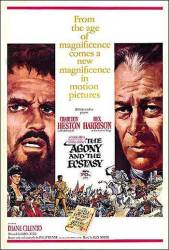
Factual error: Rifles and more so, cannons of the type shown in the movie were not close to being invented in the 1500s.